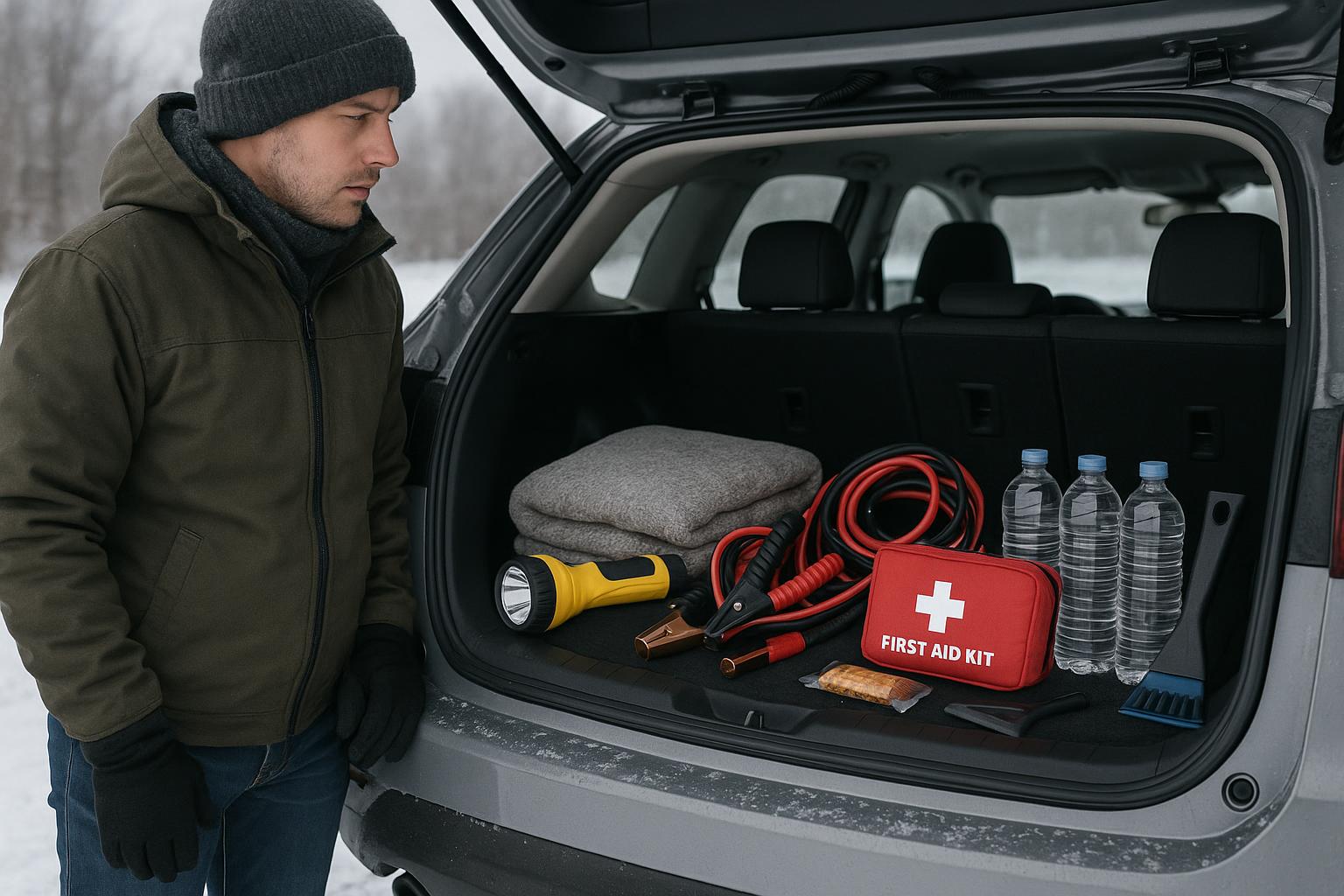In the dynamic realm of Voltage, a workplace teeming with technological marvels and powered by the lifeblood of high-voltage electricity, a compelling narrative of risk and responsibility unfolds. Here, amidst the hum of electric currents and the glow of neon lights, lies a critical mission: implementing effective electrical risk management. This story is not just about controlling the untamed power of electricity but about the intricate dance of safety and efficiency in a modern workplace.
At the core of this narrative is the Guardians of the Grid, a group of seasoned professionals whose expertise in electrical safety forms the barrier against potential dangers. Their journey begins with a keen awareness of the high stakes involved in managing high-voltage systems. Recognizing the variety of risks, from sudden electrical surges to the threat of system failures, the Guardians embark on a meticulous campaign to fortify the workplace’s electrical infrastructure.
Their strategy is multi-faceted, blending rigorous risk assessment with the implementation of robust safety protocols. They navigate the complexities of electrical systems with precision, identifying vulnerabilities and enforcing stringent safety standards. It’s a continuous process of evaluation and re-evaluation, ensuring that safety measures evolve with the ever-changing landscape of electrical technology.
The Guardians’ arsenal is comprehensive, featuring advanced diagnostic tools and cutting-edge protective equipment. These tools are not mere instruments; they are the shields and swords in the relentless battle against electrical hazards. The implementation of smart systems and automated safeguards further reinforces the workplace’s defenses, creating a network of protection that is both resilient and responsive.
Yet, the true strength of the workplace’s electrical risk management strategy lies in its people. The Guardians understand that the most effective safety measures are those embraced by the entire workplace. Therefore, they foster a culture of safety awareness, where every employee is empowered with knowledge and understanding of electrical risks. Educational initiatives and training programs are not just formalities; they are integral components of a workplace-wide commitment to safety.
In the end, the narrative of the workplace is a testament to the power of proactive planning and the unyielding commitment to safety in the face of high-voltage challenges. It’s a story where risk management transcends the technical realm, becoming a shared responsibility that unites the entire workplace. In the workplace, high voltage might bring high stakes, but it’s met with an even higher standard of vigilance, ensuring the workplace remains a beacon of safety and innovation in the electrified world.



